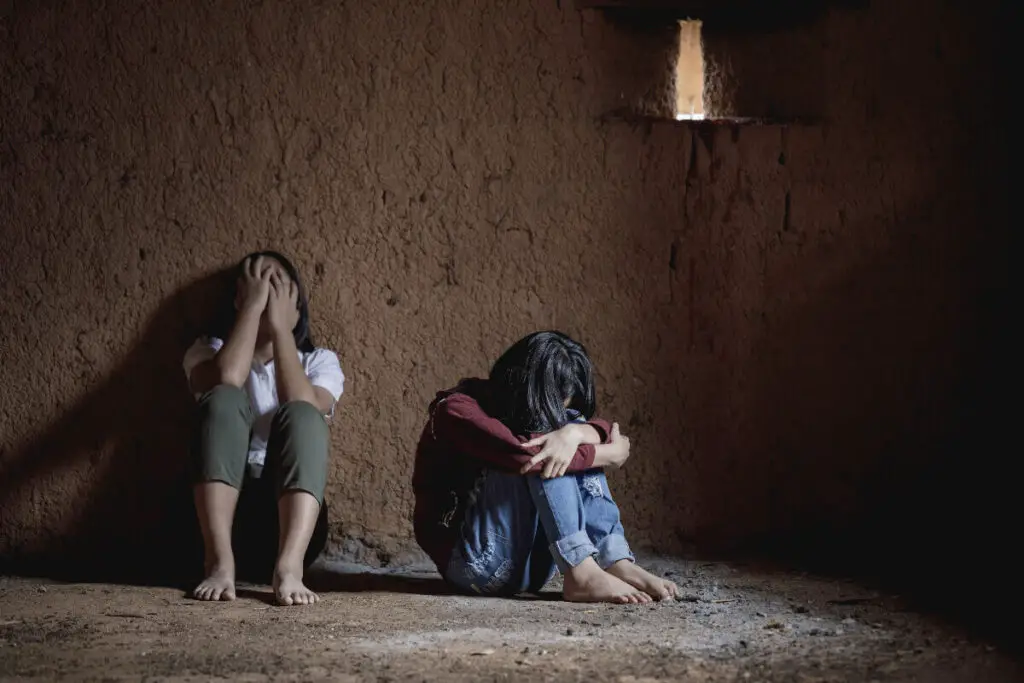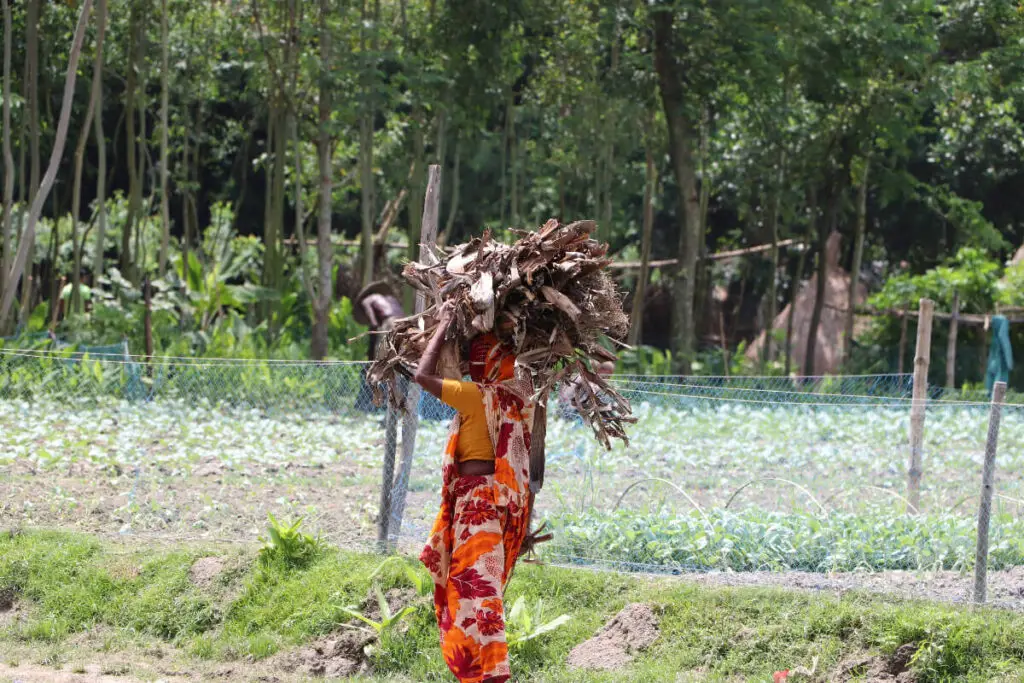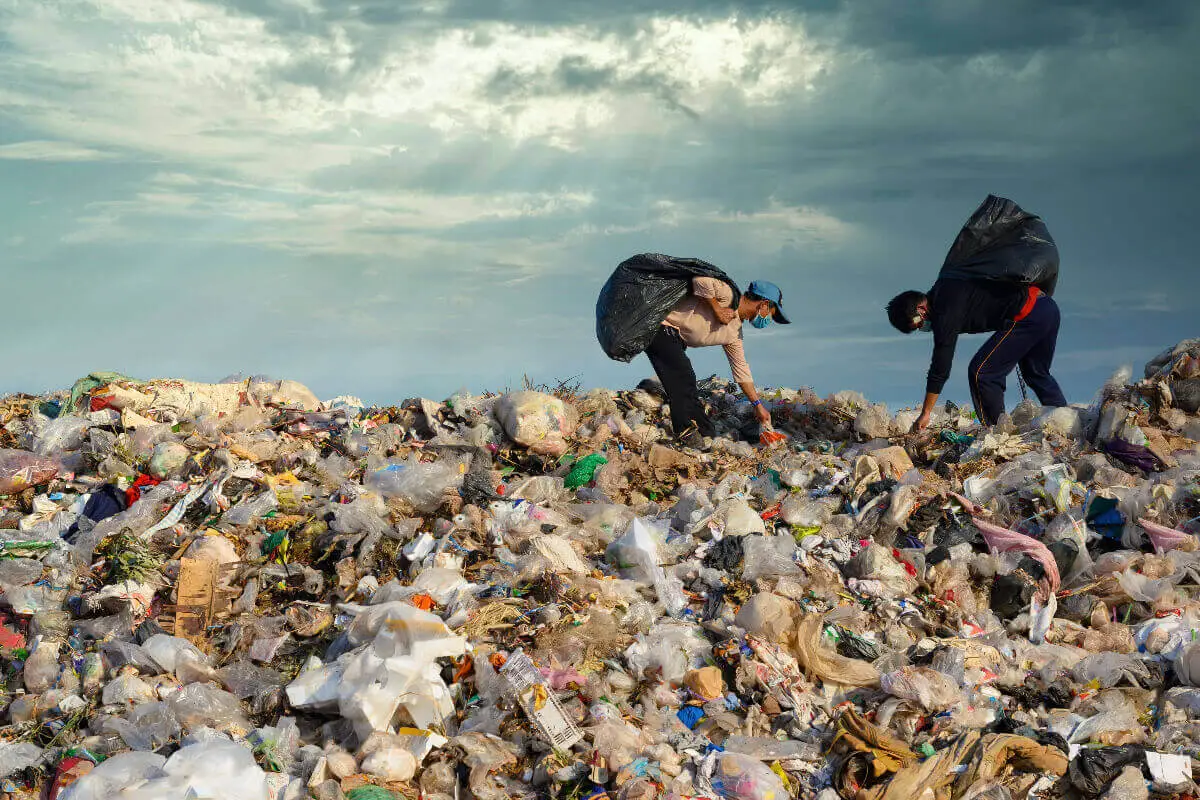Poverty is more than simply an absence of financial resources; it’s a multifaceted issue that extends well beyond mere earnings.
Poverty manifests as an inability to fulfill fundamental necessities like nourishment, education, medical care, and shelter. This condition is frequently worsened by systemic issues such as social inequality and marginalization, barriers that limit opportunities for upward mobility and make breaking free from the vicious cycle of poverty exceptionally challenging.
Table of Contents
- Poverty And Problems: Inequality And Marginalization
- Why Is Poverty An Issue?
- Ten Ways To Solve Poverty
- Related Content
Poverty And Problems: Inequality And Marginalization
Poverty is not just a lack of money—it’s a complex and multidimensional problem far beyond income levels.
Poverty is the inability to meet basic needs such as food, education, healthcare, and housing. It’s a condition often exacerbated by social inequality and marginalization, which hinder social and economic mobility and make it almost impossible for individuals to escape the cycle of poverty.

Why Is Poverty An Issue?
Worldwide, Poverty continues to be a worldwide issue. Almost every country has poverty that they deal with
Below are some reasons why poverty is an issue and some of poverty’s impact
- Human Suffering: Human suffering is the most direct and apparent reason poverty is a significant issue. When people don’t have enough to eat, can’t access quality healthcare, or live in unsafe conditions, it’s a stain on society’s conscience.
- Economic Impact: Poverty is not just a problem for the poor. It affects everyone indirectly. An impoverished population doesn’t spend much, which can reduce the demand for goods and services and lead to economic stagnation.
- Social Inequality: Poverty often leads to inequality, where opportunities are not equally accessible, causing the rich-poor gap to widen. This often creates an environment where crime, unrest, and other social problems flourish.
- Marginalization: Impoverished people often face marginalization, pushing them to society’s fringes. This can create a sense of helplessness and despair, making it even harder for these individuals to improve their situation.
- Lost Potential: Millions of talented and capable individuals never get the chance to reach their full potential due to poverty. Whether it’s the aspiring engineer who can’t afford college or the brilliant artist who must work three jobs to survive, poverty robs society of untapped human capital.

Ten Ways To Solve Poverty
While poverty is an issue, there are ways that countries and organizations are looking to help solve the property issues. Here are 10 ways that countries and organizations can look to solve the poverty issues:
1. Education
Access to quality education is one of the most effective ways to break the cycle of poverty. Governments should invest in free or low-cost education and skills training programs. This will enable individuals to secure well-paying jobs and improve their standard of living.
2. Universal Healthcare
Affordable healthcare is crucial for lifting people out of poverty. Universal healthcare can ensure that medical costs do not become a reason for financial distress and that people receive necessary treatments without financial ruin.
3. Living Wage
Governments can legislate a living wage rather than a minimum wage. A living wage would ensure that all workers can afford basic needs such as food, housing, and healthcare without needing second or third jobs.
4. Progressive Taxation
A progressive taxation system can reduce income inequality. Higher tax rates for wealthier individuals can provide the funds needed for social programs that benefit the poor.
5. Social Safety Nets
Strong social safety nets such as unemployment benefits, food assistance, and housing vouchers can temporarily relieve struggling individuals and help them recover.
6. Affordable Housing
Affordable housing is an essential aspect of poverty alleviation. Whether through rent controls, housing subsidies, or low-cost housing projects, governments should ensure everyone can access safe and affordable homes.
7. Small Business Loans And Grants
Microfinancing and grants can empower individuals to start their businesses. This allows people to earn a living and boosts the economy by creating jobs and increasing spending.
8. Community Programs
Community programs can serve as a support system for marginalized groups. From mental health services to skill-building workshops, these programs can provide invaluable resources for people in impoverished areas.
9. Criminal Justice Reform
The criminal justice system often disproportionately impacts the poor and marginalized. Reforming this system to focus on rehabilitation rather than punishment can reduce the rate of recidivism and enable individuals to contribute to society.
10. Social Inclusion
Last, efforts must be made to include marginalized individuals in mainstream society. This could be through affirmative action policies, representation in media, or community outreach programs.
The cycle of poverty is a complex issue that requires a multi-faceted approach to solve. It’s not enough to throw money at the problem. Structural changes in education, healthcare, and social policies are needed.
While these solutions require substantial investment, the cost of not addressing poverty—both in terms of human suffering and economic impact—is far greater.
By implementing these strategies, we can lift millions out of poverty and create a more just, equitable, and prosperous society for all.
At Project Sprouts, we realize that we can not solve all the problems of poverty in a situation like this. But we can seek to make a difference in the lives of needy children by giving them school supplies and encouraging them to continue their education; we can give them winter coats, boots, and blankets to help them stay warm during the cold winter months.
Project Sprouts would love to have you be a part of our community and help us help worthy children in North Vietnam. We cannot solve all the world’s problems, but we can do our part to help poor kids grow by giving school supplies, winter coats, boots, and other supplies.
You can find out more about Project Sprouts by clicking here or going to our give now page to donate by clicking here. As we are a grassroots organization, all funds go to help those in need.
Related Content
Poverty And Problems: Environmental Pollution
Continuing in the “Poverty And Problems” series, the topic of this blog post will talk about the problems that any country in the world is currently facing: environmental issues and global warming. Perhaps many people wonder what poverty has to do with environmental pollution and the abuse of natural resources. This article will answer this problem.
You can learn more by reading Poverty And Problems: Environmental Pollution by clicking here.
Poverty And Problems: Family
In my second article on Poverty and Problems, I will write about a topic that is perhaps quite surprising to many people: Family. Many of us have seen articles or news programs reporting on broken marriages of politicians, rich billionaires, or celebrities in newspapers or on television. This makes many people mistakenly think that it will be easier to divorce when we are rich.
You can learn more by reading Poverty And Problems: Family by clicking here.

